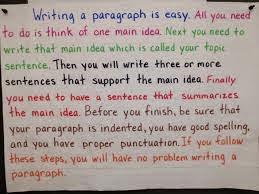The role of the teacher
In this part of the book, I learnt how import the role
of the teacher is in the classroom. First of all, I can say that to be a teacher
is a work very hard because to be a teacher it is necessary to have vocation, patience and time because
a teacher is not just the person who teaches knowledge, a good teacher will be
the person who teaches values for the life and motivate learners. Teachers have different roles
for example they have to be assessor,
contributor, counselor, facilitator, diagnostician, manager, planner, reflector, monitor and so on. On the
other hand, on the book says that there three teaching principals. First, students
do more learning tasks. It means that pupils enjoy doing many activities in the
classroom. The second is that teachers do less telling. In this way they help
students to discover new knowledge and they can look for new definition for
some words and they can build their knowledge by themselves, Finally, teachers
do instructional design work more carefully, so teachers have the goals to
prepare their materials in order to teach their classes,, but the teachers have
to consider the learner’s need
and levels. In order to apply this knowledge with my pupils, I will motivate them through
activities, warm- ups, games that they like to do or topics they like to study, but it will be sometimes
You can watch this video to find extra information
Roles of the teacher
Planner
References for additional information
Tugba, C. (2014). What is the role of teache? [ Video]. Disponible en: https://www.youtube.com/watch?v=8OTZxXdWVUM.





































